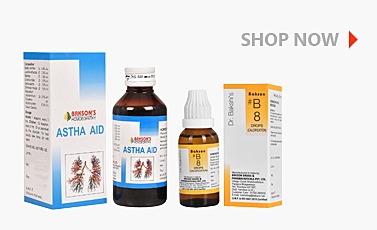We use cookies to make your experience better. To comply with the new e-Privacy directive, we need to ask for your consent to set the cookies. Learn more.
Understanding Thrombosis
Did you know that due to a lack of awareness many cases of death occurring from thrombosis in India go unidentified? Did you know that thrombosis is one of the commonest causes of preventable death? Did you know that to protect yourself from this life threatening disease, all you have to do is to know the symptoms of thrombosis and call your doctor?
What is thrombosis?
Thrombosis is the formation of a blood clot in a blood vessel. The blood clot itself is called ‘thrombus’ which comes from the Greek word ‘thrombos’ which means a lump. This thrombus can either cause slowing/ blockage of blood flow or get dislodged and travel to an organ. When this thrombus travels freely it is called an ‘embolus’.
There are two types of thrombosis depending upon the type of blood vessel they are in:
- Venous thrombosis: When a blood clot is formed in the veins. Most common type of venous thrombosis is Deep vein thrombosis i.e. blood clot in the deep veins of leg and pulmonary embolism which occurs when the blood clot gets lodged in the lungs. Deep vein thrombosis along with pulmonary embolism is called venous thromboembolism. Venous thromboembolism is a deadly medical condition.
- Arterial thrombosis: When a blood clot is formed in the arteries. It can obstruct the blood flow to major organs like brain or heart.
You are at a risk of developing thrombosis if:
- You have been through a major surgery recently. The risk of developing VTE is highest in the first three months after surgery and decreases with time.
- You have delivered a baby recently. Women are at a risk of developing venous thromboembolism during the first six weeks after delivery.
- You have been on bed rest for a long time.
- You are taking birth control pills or hormone replacement therapy, both increase blood’s ability to clot.
- You are obese/ overweight.
- You actively smoke.
- You have a family history of thrombosis.
- You have had thrombosis earlier.
- You are older than 60 years.
- You have/ had cancer.
Steps you can take yourself to prevent thrombosis
- Know if you are at risk or no. STAYING AWARE is crucial.
- If you are at risk, then be aware of all the warning signs and symptoms.
- STAY ACTIVE, get up and move in every 90 minutes especially if you have undergone a surgery.
- Drinking adequate amounts of water is always helpful. STAY HTDRATED.
- Take your medicines on time. Most at risk patients start skipping their medicines which increases their risk of developing thrombosis. DO NOT SKIP MEDICINES.
- Use compression stockings as gentle pressure prevents blood from pooling and clotting.
When to call your doctor?
Call your doctor immediately if you notice any of these:
- Pain or tenderness starting in the calf.
- Swelling in the leg/ ankle/ foot.
- Redness or noticeable discoloration in the affected area.
- Unexplained sudden shortness of breath.
- Rapid breathing.
- Chest pain.
- Light headedness.
- Less commonly coughing with or without blood.
You must remember that thrombosis can happen to anyone and although you cannot change certain factors like genetics, surgeries, age etc., you can choose to stay aware and informed and thus protect yourself and people around you from a condition that is very much preventable.









